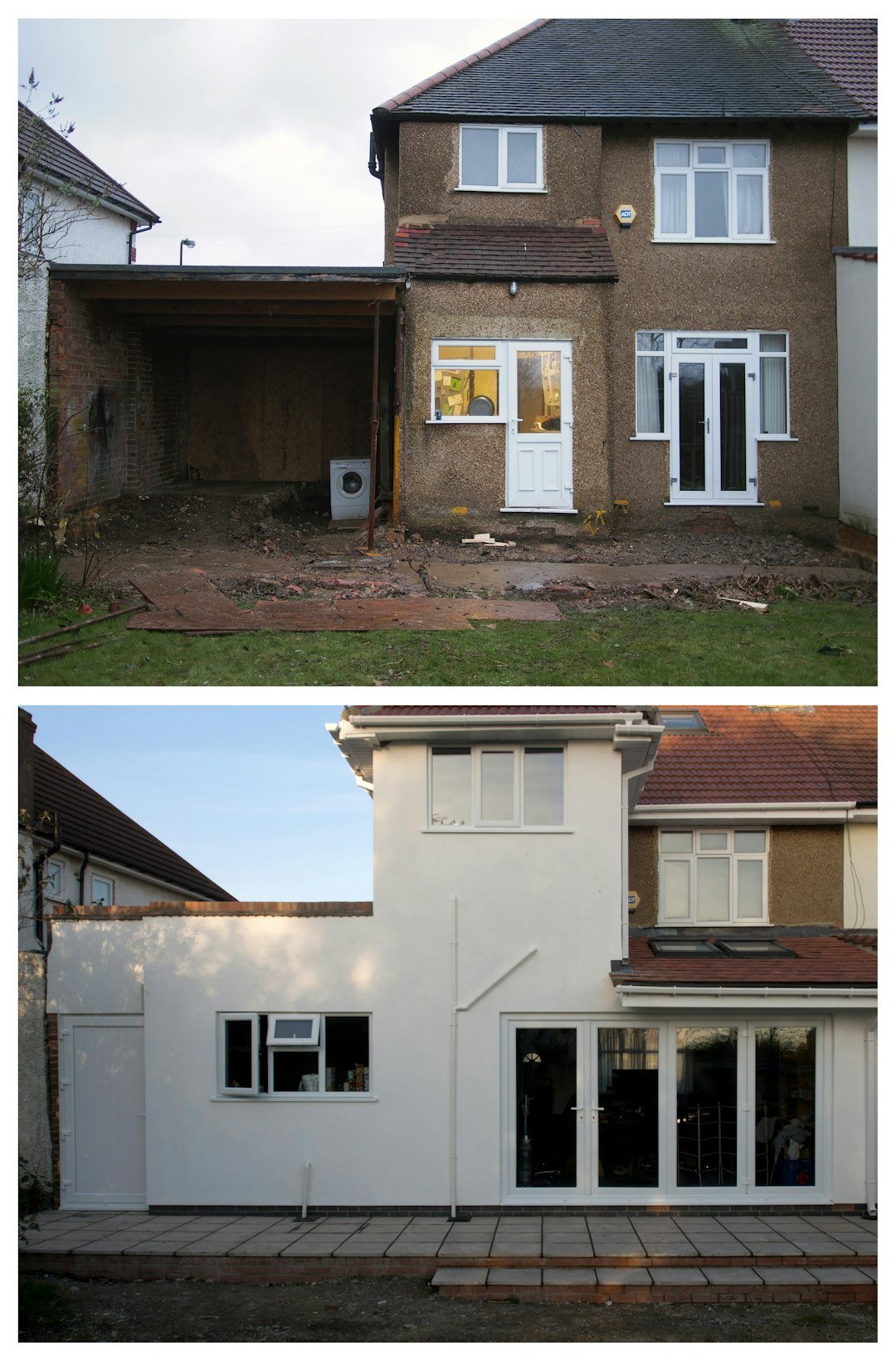
You’ve made the bold choice to move forward with those long-considered home makeover ideas. Great job! This journey can be both thrilling and fulfilling. To kick things off on the right note, consider drawing inspiration from trusted sources like A+ Building & Remodeling for your project.
However, many homeowners find that excitement can quickly turn to frustration if they focus solely on logistical details for their property and overlook personal readiness for the overhaul. With careful foresight, you can navigate this process more effectively.
The cornerstone of a successful home upgrade lies in thorough preparation, which extends to specifics like the exact size for your new soaking tub; for additional guidance on sizing, explore dedicated resources that offer practical advice. This preparation involves both readying your living space and mentally gearing up for the changes ahead.
To help ensure your renovation proceeds smoothly and with minimal disruption, we’ve compiled essential strategies drawn from industry expertise that are worth keeping in mind.
Plan Your Financing Strategy for the Home Upgrade
Home improvement expenses can add up significantly, varying based on your scope and budget. You might need to secure funding through loans or other financial tools to cover these costs.
Once you’ve selected the most efficient borrowing method suited to your circumstances, it’s crucial to develop a clear, long-term repayment blueprint. This plan will hinge on the financing type you choose, such as personal loans, home equity lines, or mortgages.
Repayment structures differ across loan options, but generally, your periodic payments are influenced by factors like loan duration, interest rates, and the principal amount. Beyond the borrowed sum, other elements like local property taxes and homeowner insurance premiums can affect your overall financial obligations. As a property owner, creating a detailed amortization plan is vital, as it helps safeguard your enjoyment of the revamped space while maintaining financial stability—according to recent data, effective amortization can reduce long-term interest costs by up to 20% with disciplined payments.
Safeguard Your Possessions During the Work
It’s wise to clear items from shelves and walls in areas near the renovation zone, even if they won’t be directly impacted. The use of heavy machinery during remodeling often generates vibrations that can travel through structures, potentially dislodging objects in adjacent spaces.
To prevent any harm to your items, prioritize removing delicate or valuable pieces from walls, such as artwork, mirrors, electronics, and collectibles. Additionally, secure high-value assets like jewelry or cash by storing them off-site or in a secure safe, regardless of their location in the home—a study by insurance providers shows that 30% of renovation-related claims involve theft or accidental damage to personal items.
Given that dust is an inevitable byproduct of construction, relocate furniture to a protected, clean area if feasible. If that’s not possible, shield upholstery, cabinets, and unmovable decor with plastic coverings. Don’t forget to roll up rugs and carpets to eliminate slip hazards, which not only protects your belongings but also simplifies the cleanup once the project wraps up.
Choose Your Temporary Living Arrangements
No matter the scale, renovation projects typically involve noise and debris, prompting many owners to seek temporary housing with friends, family, or elsewhere until completion, particularly for extensive overhauls.
For larger projects, options like staying in a hotel, with acquaintances, or renting a short-term apartment could be ideal, depending on your funds and the timeline—on average, major renovations last 4 to 6 months, making advance planning essential.
If you opt to remain on-site, designate a dedicated family zone as your base of operations.
Consider practicalities: Where will meals happen? Is the outdoor space usable? What about sleeping arrangements and space for everyone? Access to bathrooms and accommodations for pets are also key factors to address upfront to minimize disruptions.
Pets, being naturally inquisitive, should be kept away from work zones for their safety; arranging alternative care outside the home might be the safest choice. Setting up this central hub also means defining boundaries for contractors, such as which areas they can access.
In major renovations, portable facilities are often provided, as seen with services like Viking Rental, but for minor jobs, you may need to decide on bathroom access for the team. If using your own, a guest bath could be assigned, swapped out with basic supplies to keep things practical.
Unless you’re inclined to be extra accommodating, it’s reasonable to restrict access to your kitchen and dining areas for the workers.
Ultimately, for any renovation, the best approach is to prepare both your environment and your expectations. If organization isn’t your strength, especially amid multiple demands, crafting a comprehensive checklist can be invaluable to cover all essentials before work begins.
These suggestions provide a solid foundation, but remember that every home and project is unique, with potential surprises along the way. Stay optimistic and patient—once finished, you’ll return to a refreshed, inviting space that makes the effort worthwhile.
